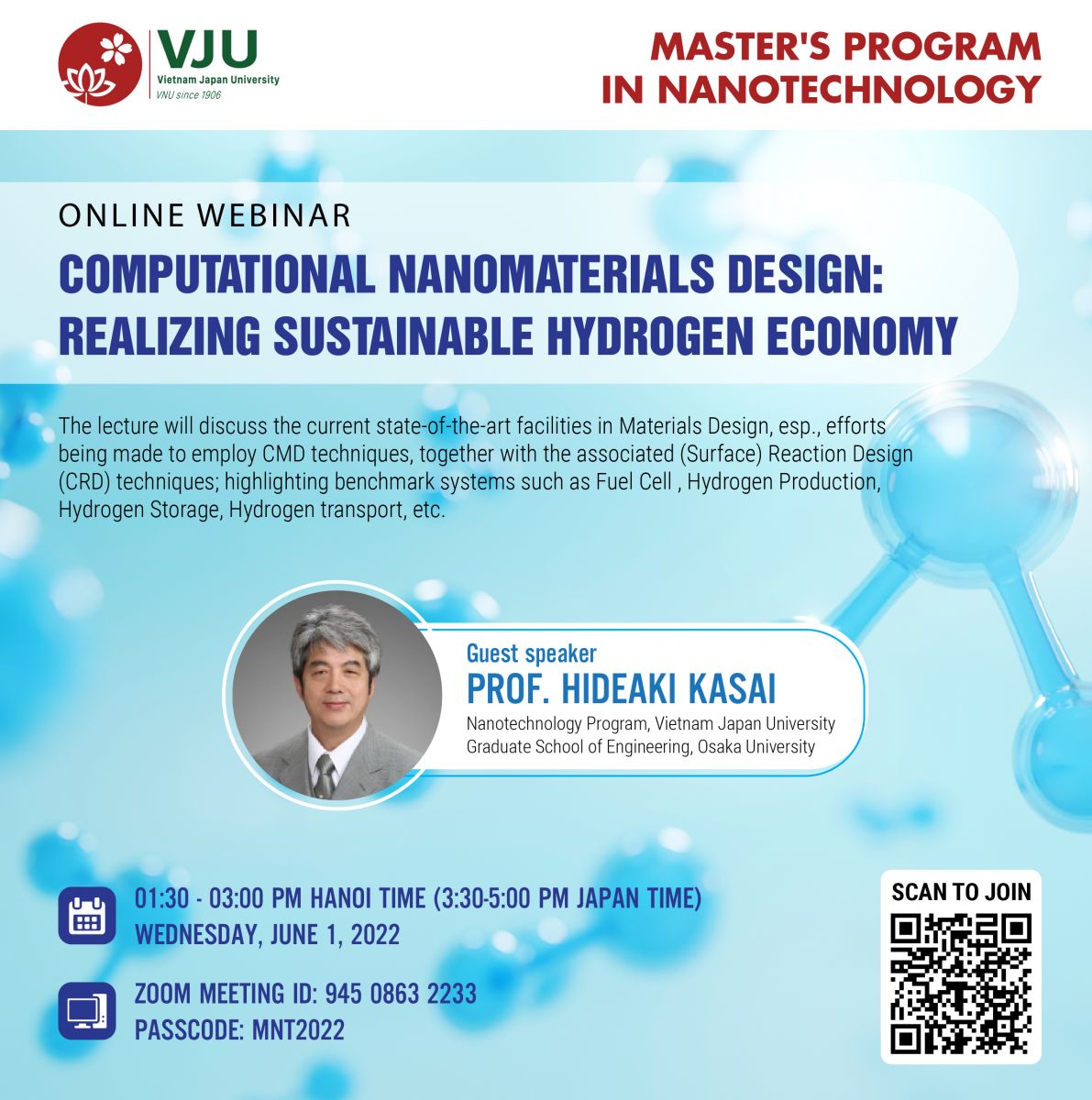
The increasing demand for more advanced technology, coupled with the astonishing development of nanotechnology in the 21st century, necessitates the more advanced techniques in the elucidation of material function formation mechanisms and realization of new generation functional materials. Complex materials such as artificially patterned structures, nanosized integrated circuits, magnetic storage devices, composite materials, polymer blends, doped transition metal oxides, self-assembling nanostructures, molecular electronics, among others, are engineered and designed to have the desired properties for basic and technological applications.
With the advent of advanced computational facilities and techniques, Computational Materials Design (CMD®) [1] is now a reality. Here, the fundamental properties of materials are accurately calculated through first-principles (ab-initio) calculations; that is, the properties of materials are calculated accurately from fundamental equations of quantum theory without empirical parameters. Its impact on industrial research and development has become very significant in the past years and is expected to grow in the coming years with the explosion of the number of granted patents purely based on CMD.
In this lecture, we will discuss the current state-of-the-art facilities in Materials Design, esp., efforts being made to employ CMD techniques (cf., e.g. [1,2]), together with the associated (Surface) Reaction Design (CRD) techniques [3]; highlighting benchmark systems such as Fuel Cell (Cathode Catalyst [4]) , Hydrogen Production (Water Dissociation Catalyst [5]), Hydrogen Storage (Cyclohexane, MgH2 [2]), Hydrogen transport (“SUISO Frontier” Liquid Hydrogen Carrier Ship, Kawasaki Heavy Industries, Hydrogen usage (“Mirai” Fuel Cell Vehicle, Toyota) [6].
1. H. Kasai et al., Computational Materials Design from Basics to Actual Applications, Osaka University Press (2005, Japanese)
2. H. Kasai and M. Tsuda, Intelligent/Directed Materials Design for Polymer Electrolyte Fuel Cells and Hydrogen Storage Applications, Osaka University Press (2008, Japanese)
3. H. Kasai et al., Hydrogen and Hydrogen-Containing Molecules on Metal Surfaces, Towards the realization of Sustainable Hydrogen Economy (2020, Springer)
4. Patent No. 7063376 (2022, Japan)
5. W. T. Cahyanto et al., Theoretical Study of an almost Barrier-Free Water Dissociation on a Platinum (111) Surface Alloyed with Ruthenium and Molybdenum, (ACS Omega 2021, 6, 10770-10775)
6. For further specific references, cf., e.g., www.dyn.ap.eng.osaka-u.ac.jp/pub.html.

